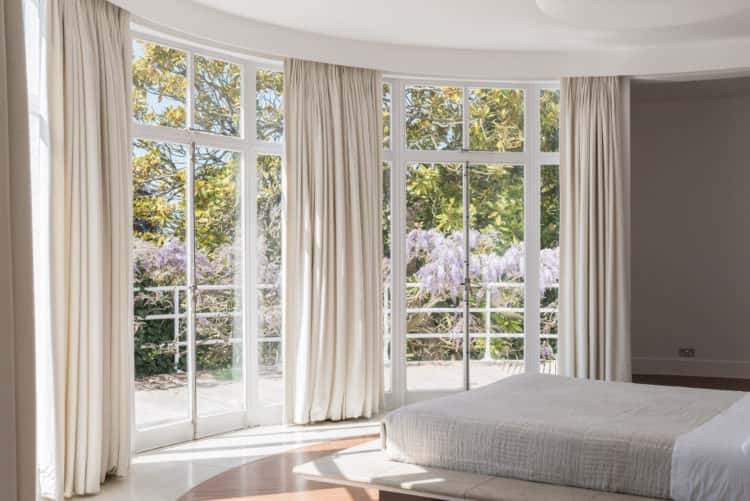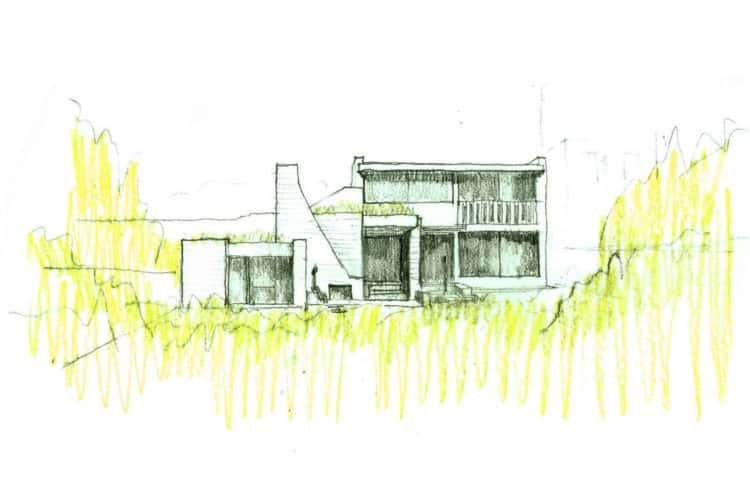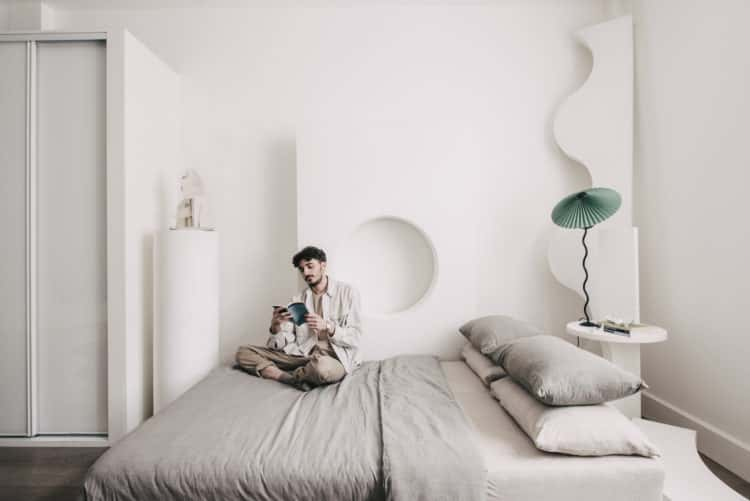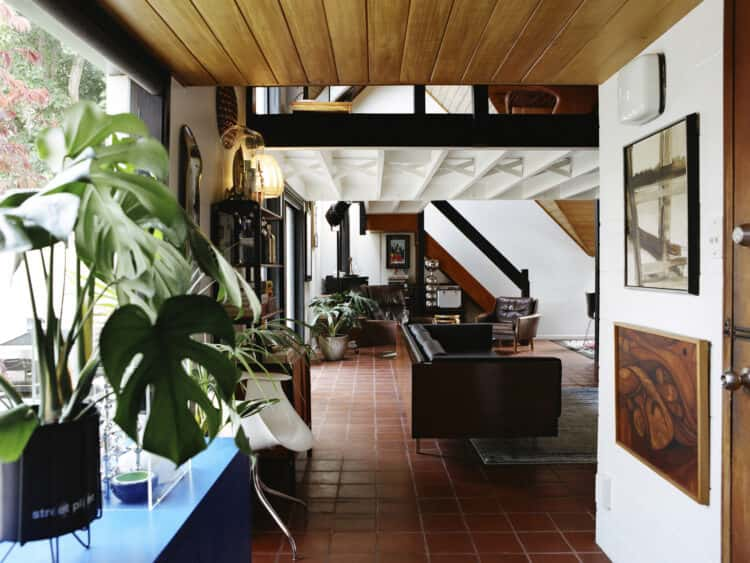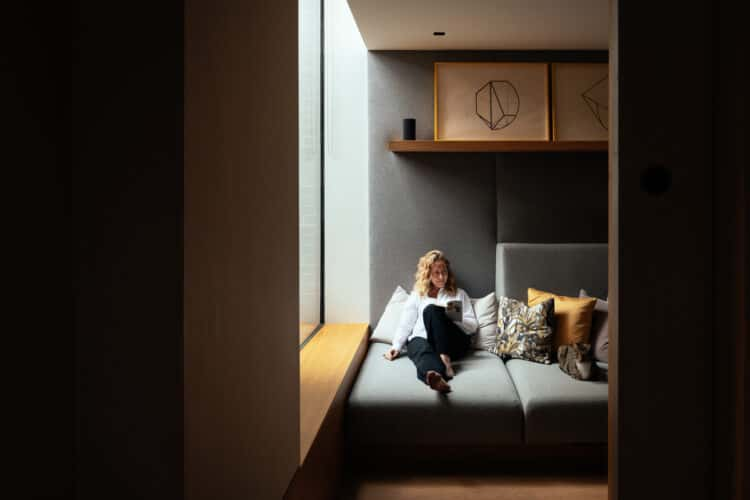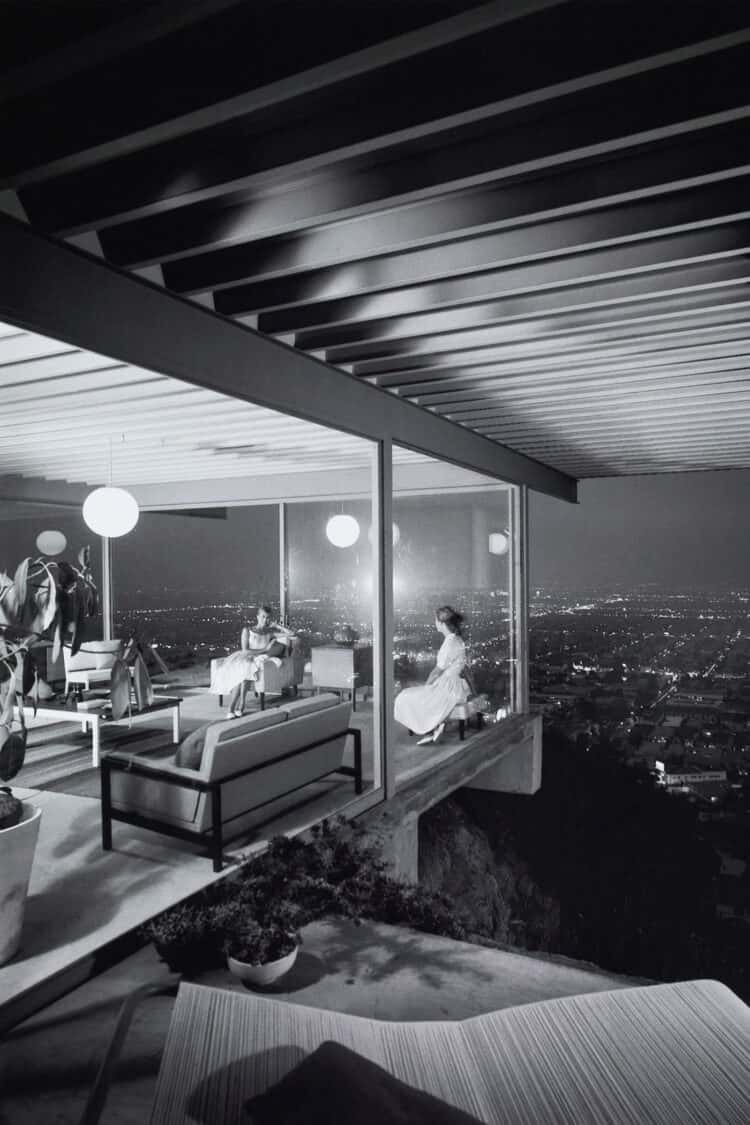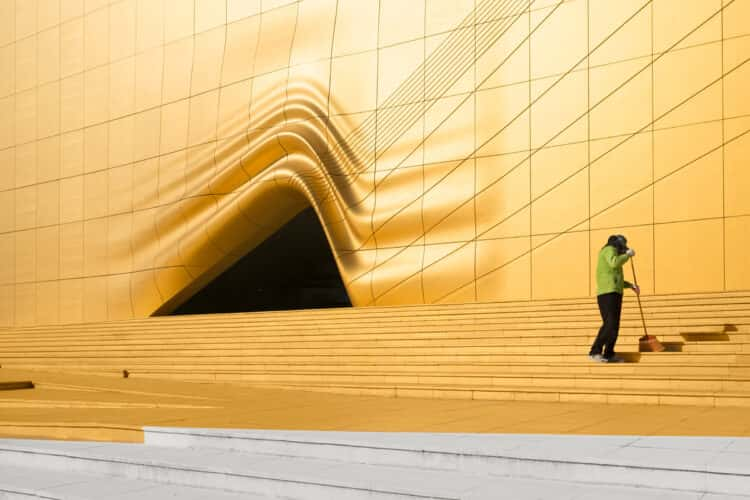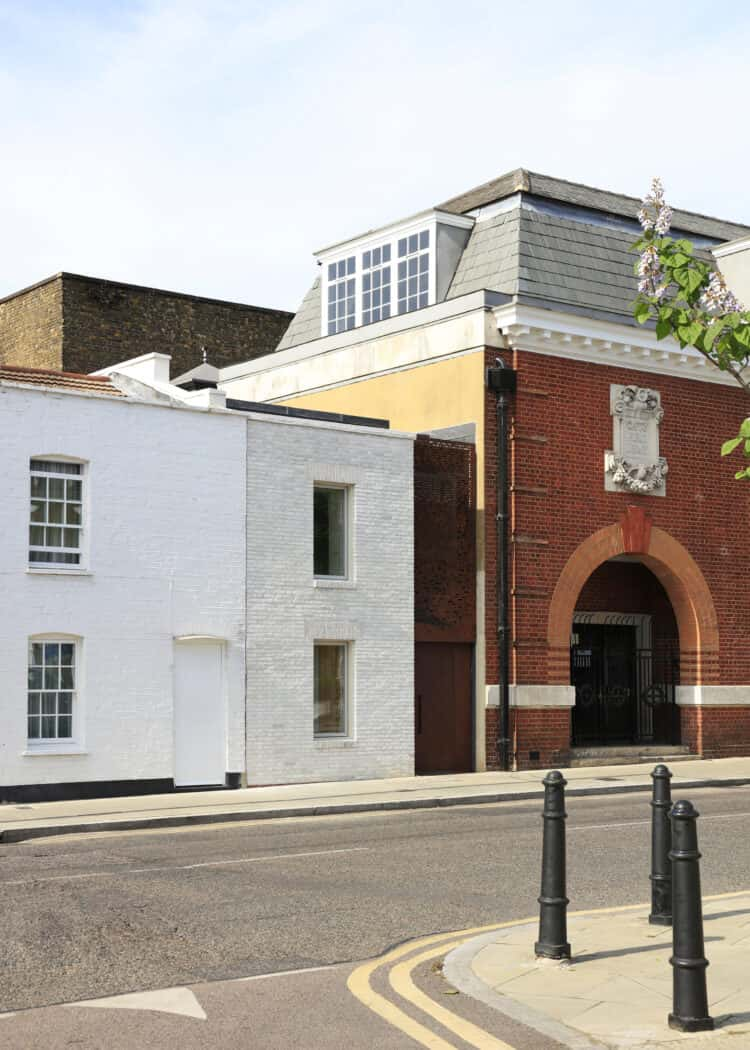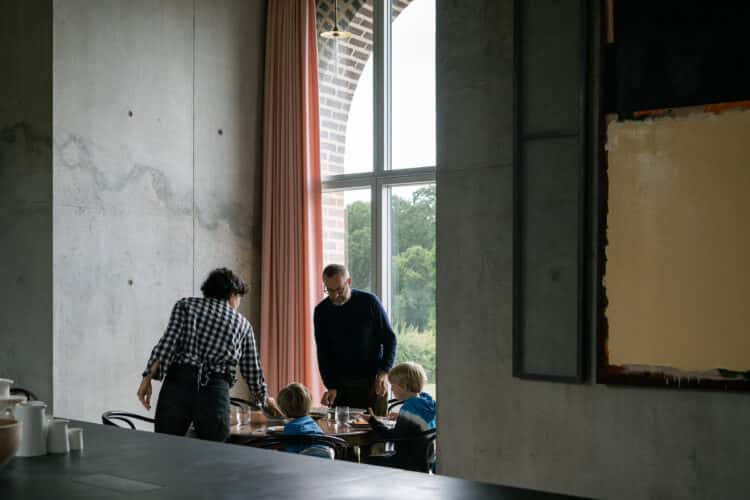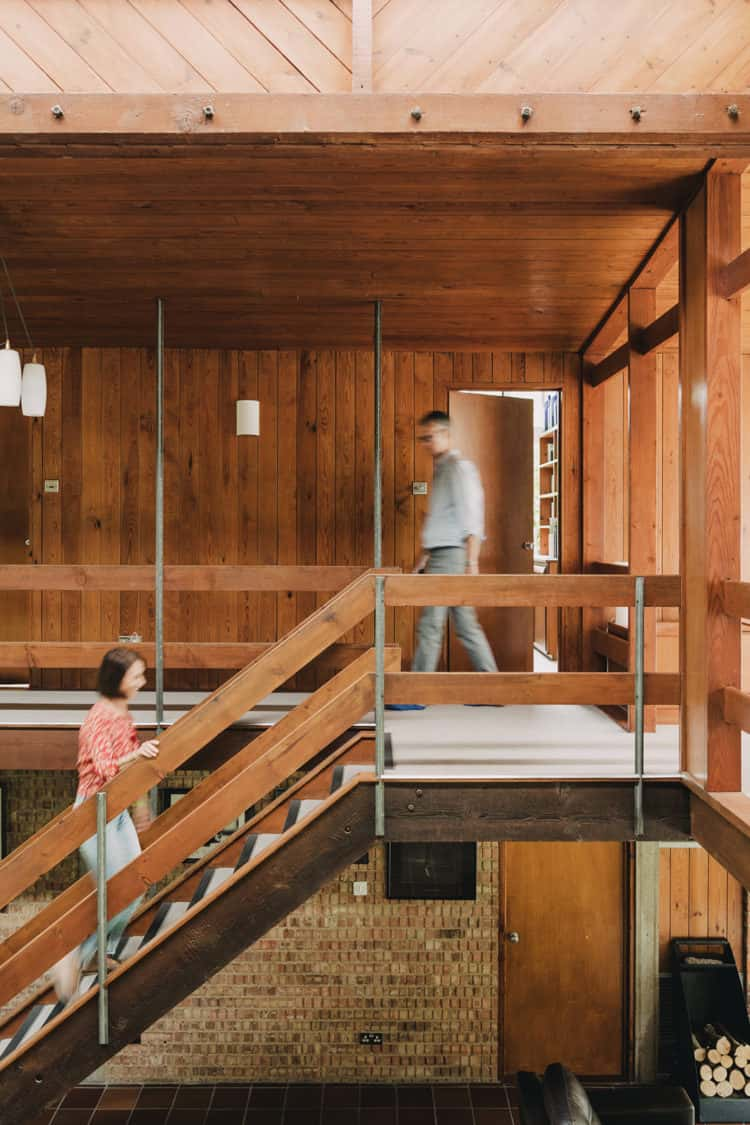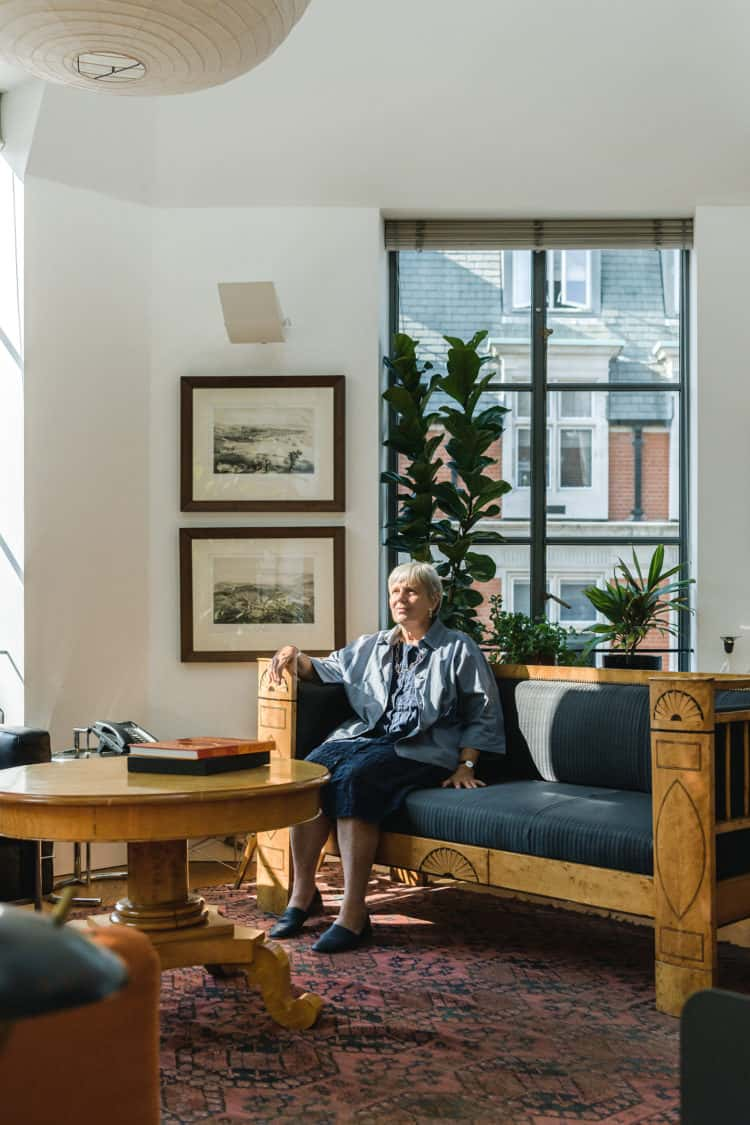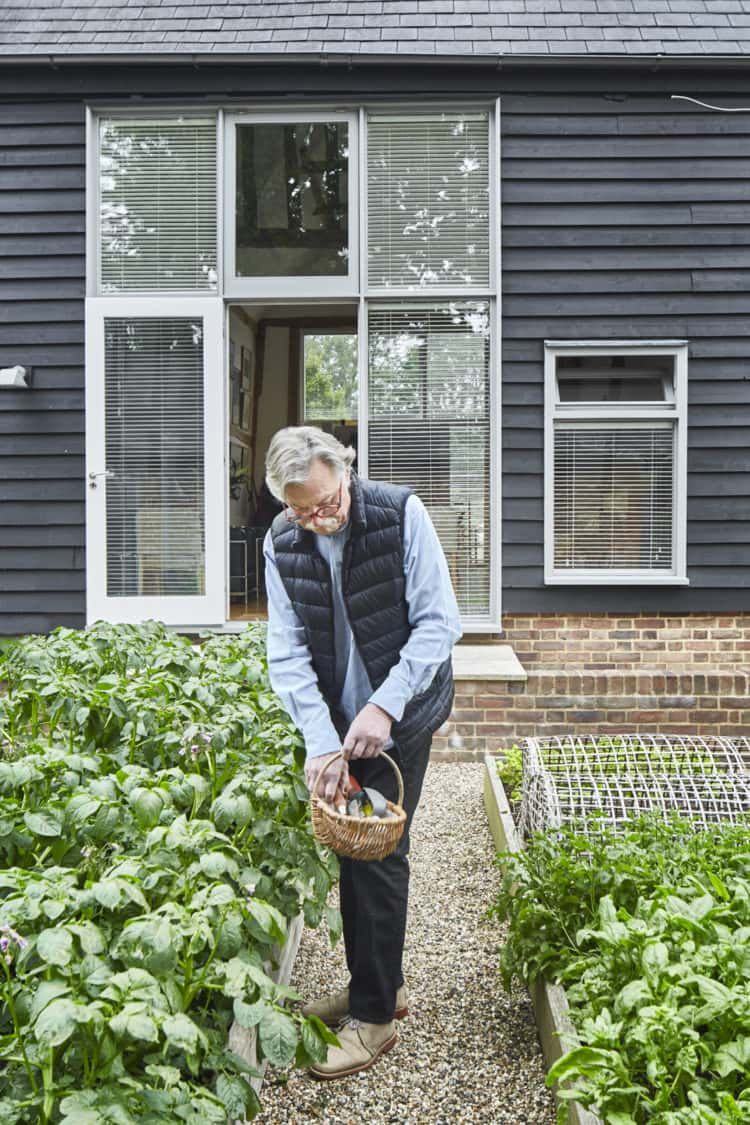Modernist Masterpieces: our most outstanding Modernist houses for sale
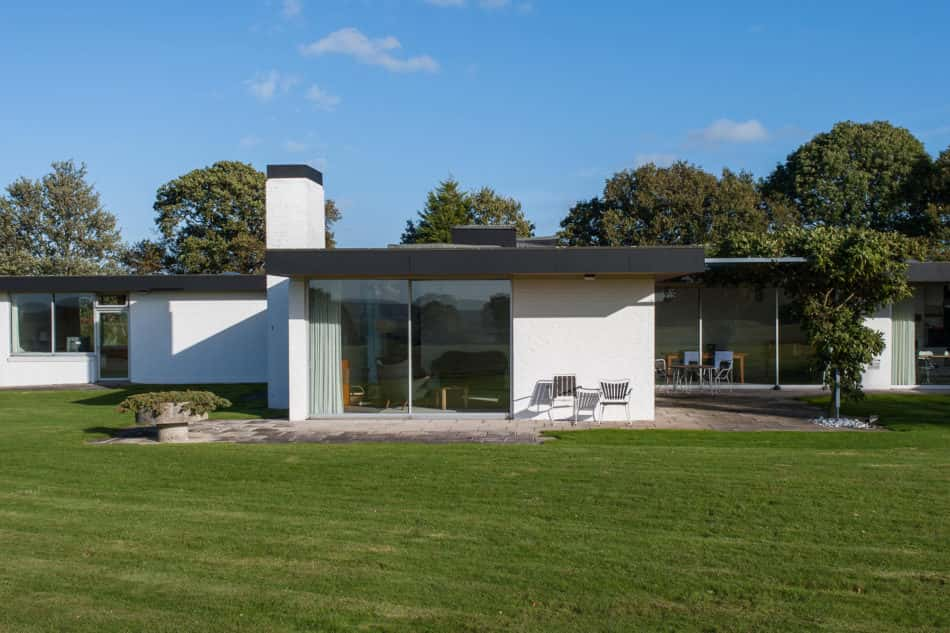
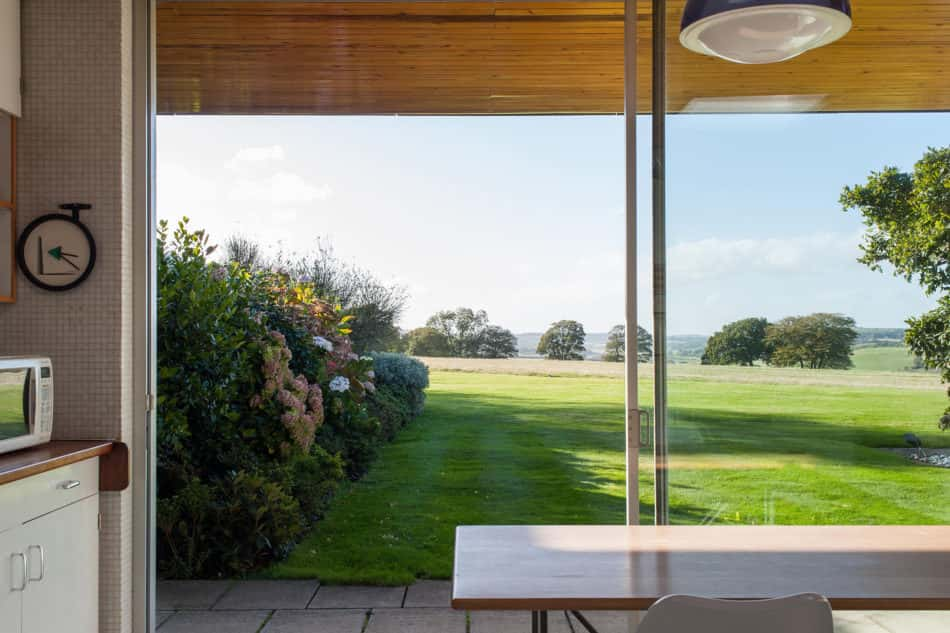
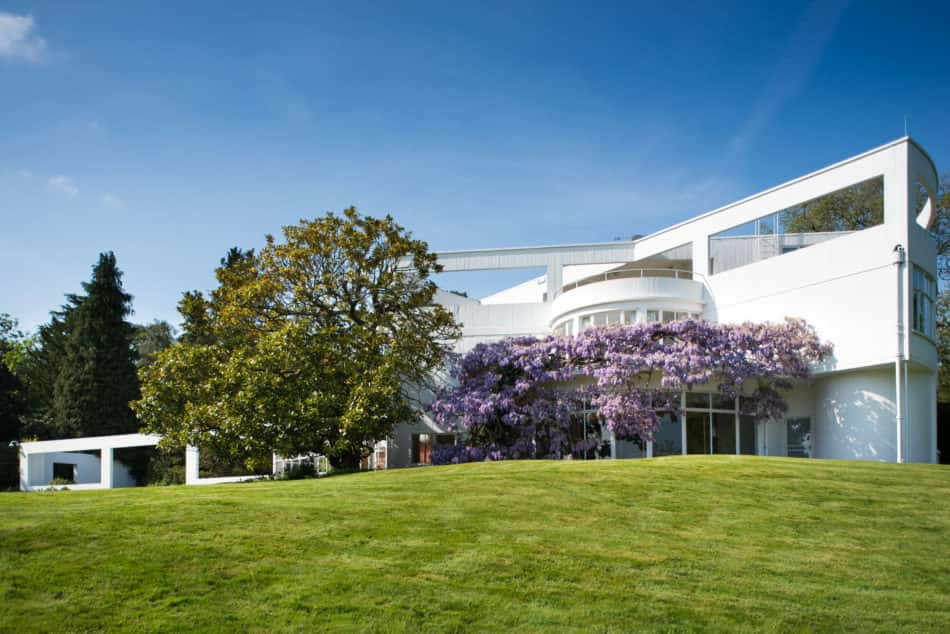
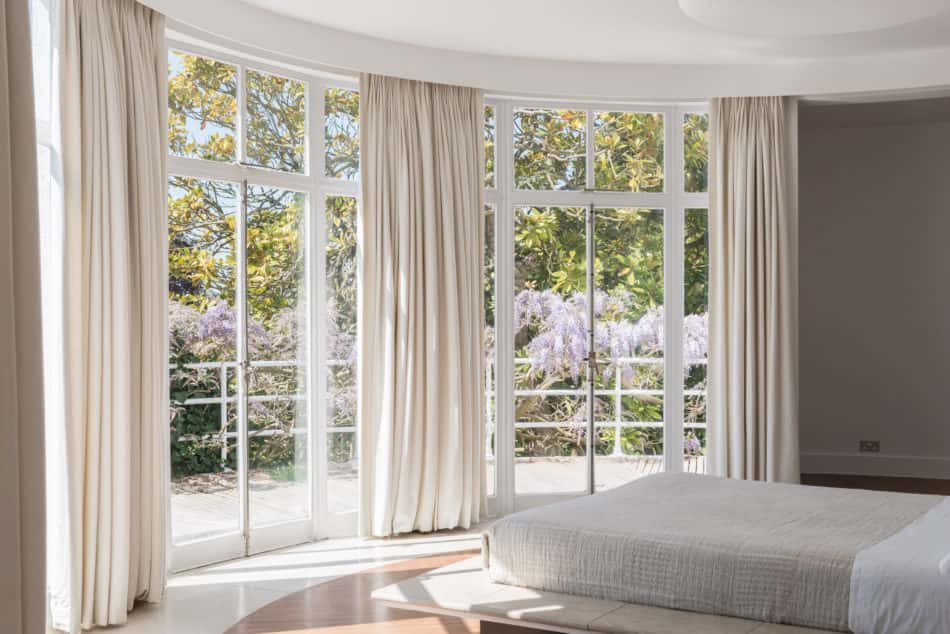
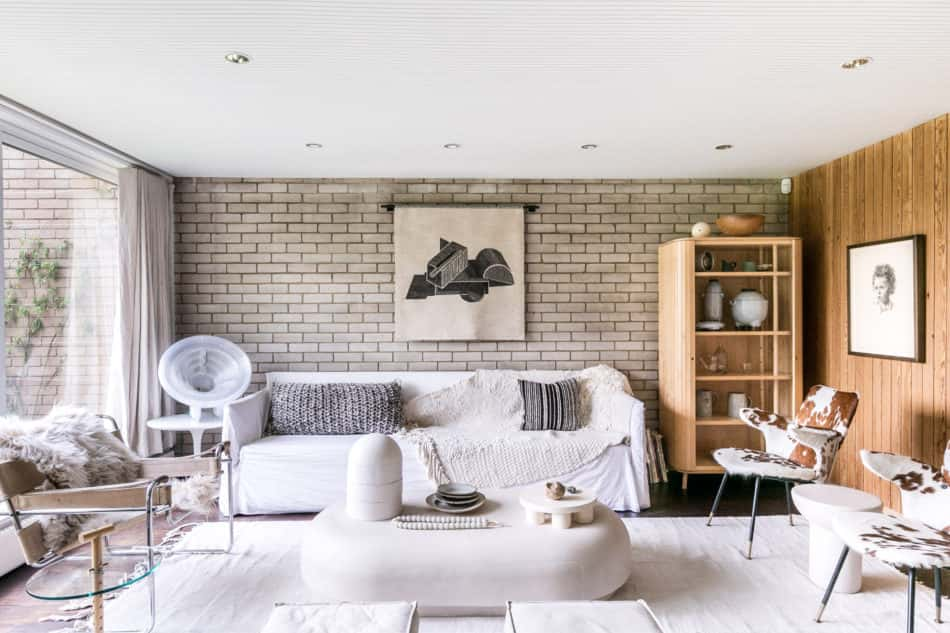
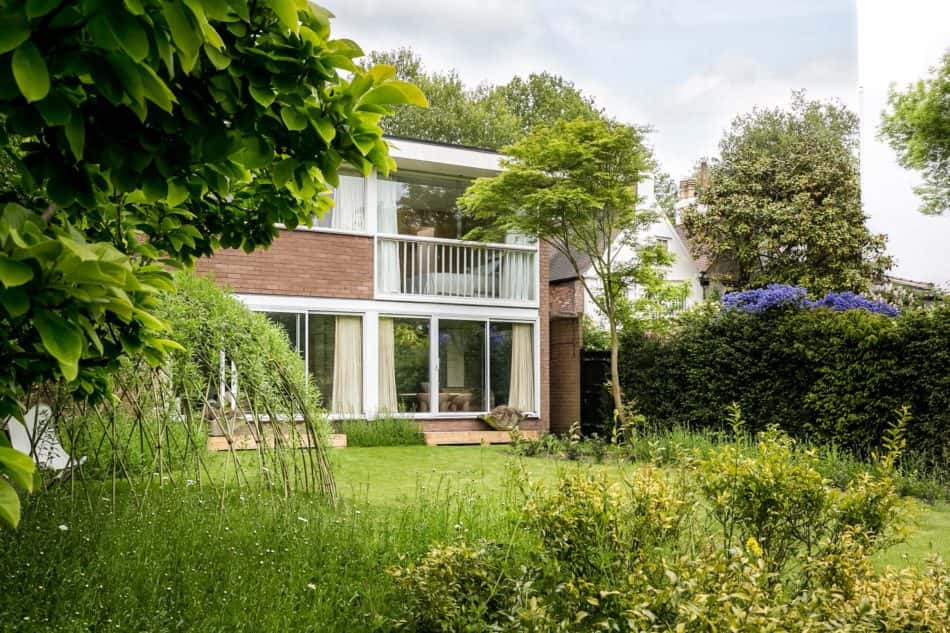
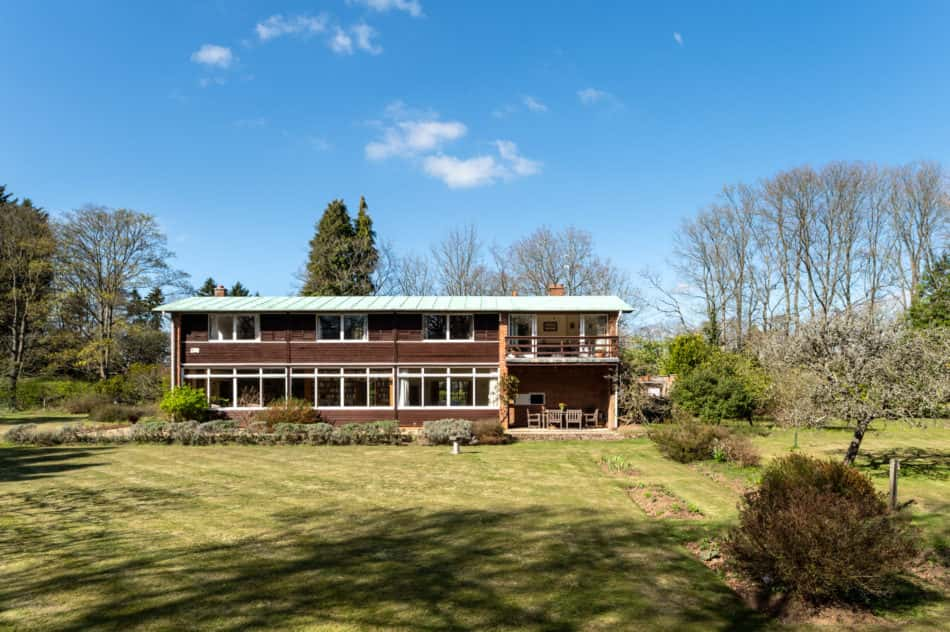
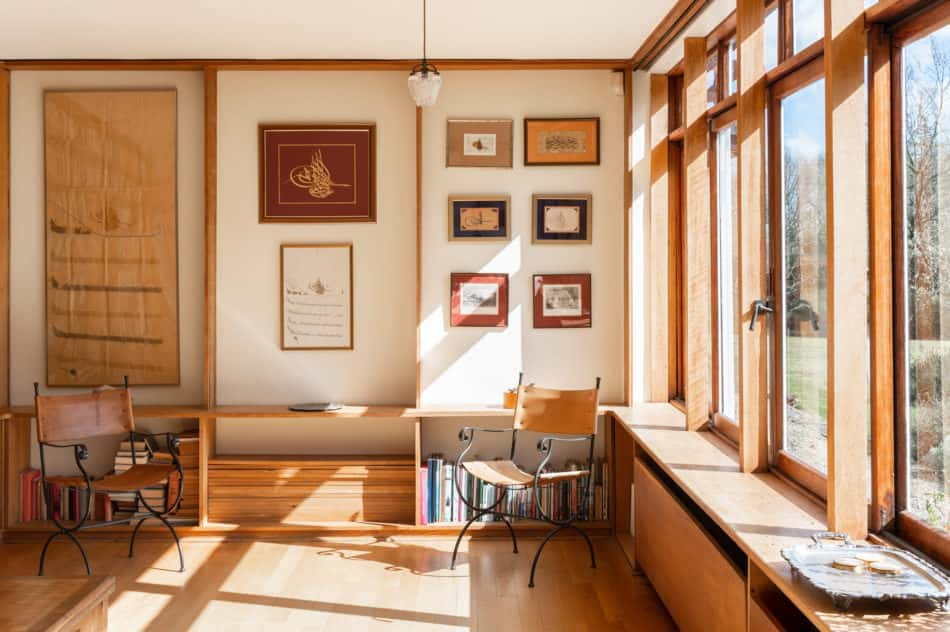
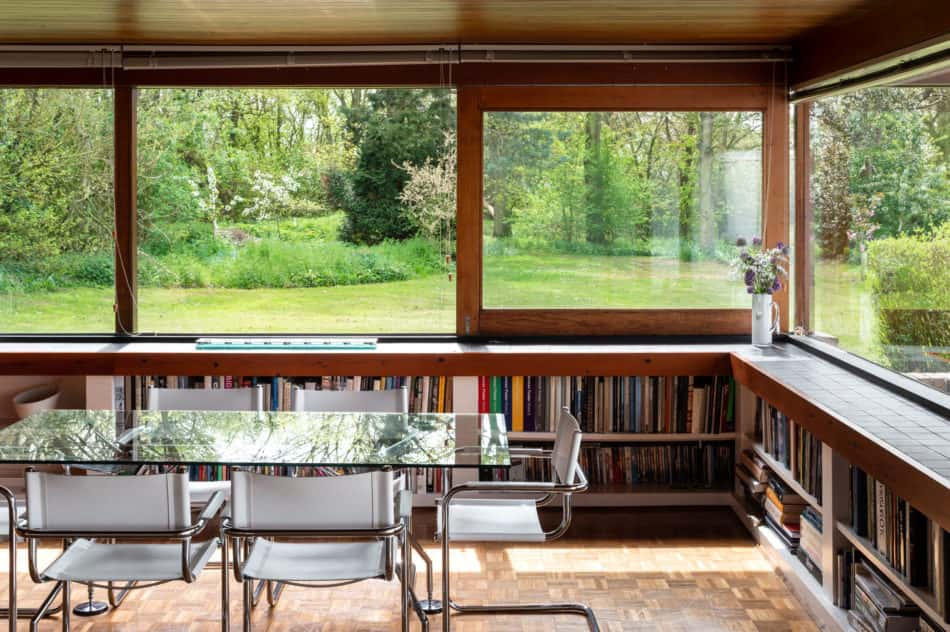
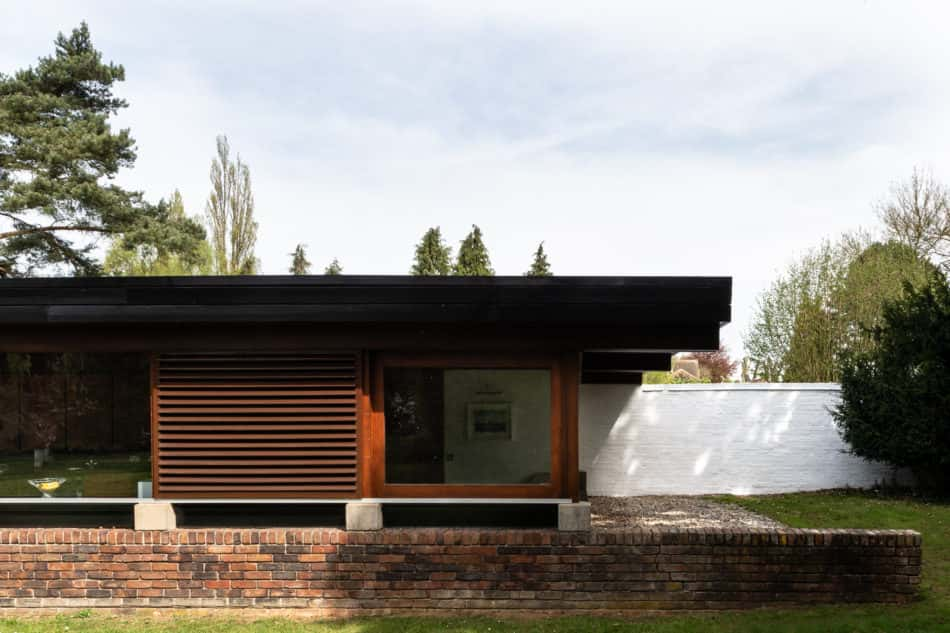
We sell a wide range of homes, from loft spaces to period conversions via new builds and a whole host of Modernist houses, from townhouses to flats in Brutalist estates like the Barbican. These one-off masterpieces, meanwhile, collectively represent some of the most architecturally-interesting homes to be built in this country in the 20th century.
Rye, East Sussex
Architect John Schwerdt’s admiration for the Modernist principles of Frank Lloyd Wright, Mies van der Rohe and the De Stijl architects was at its most evident in this Grade II-listed house in East Sussex. All the hallmarks of the movement are here, with white-painted brick exteriors, a single storey layout, cross-shaped plan, protruding walls and full-height windows demonstrating an uncompromisingly Modernist vision.
St. Ann’s Court, St. Ann’s Hill, Surrey
A rare example of Modernist principles applied to the English country house format, St Ann’s Court was designed by architect Sir Raymond McGrath in partnership with landscape designer Christopher Tunnard to replace an earlier 18th-century iteration.
The resulting design is an expansive ‘Round House’, a building of unusual circular form, and incorporating interior flourishes like walnut detailing, a Mondrian-inspired kitchen and copper-clad columns, prompting Historic England to say it’s among ‘the most interesting and complete 1930s interiors to survive in England.’
Walter Segal’s House, North Hill, London N6
Celebrated Berlin-born architect Walter Segal came up with this elegantly proportioned, efficiently-designed house for his own family, which is set back in verdant seclusion from North Hill in Highgate. Segal’s affinity towards wood as a building material comes to the fore in elements like an open-tread staircase, pine panelling and parquet flooring, imbuing the space with a soft, restful feel.
Overshot, Badger Lane, Oxford
This house, designed in 1937 by architects Godfrey Samuel and Valentine Harding, founding members of the Tecton Group, stands as an important indicator of the moment British Modernism moved away from the white-cube, reinforced concrete outputs that defined its early years. With a shift towards traditionalism, the design incorporates more functionalist principles in its spatial layout, as well as natural materials, seen in the wooden lattice framework, to comprise something more tactile, human and gentle than what had come before it.
Long Wall, Nr. Long Melford, Suffolk
Of this post-war, Grade II-listed house designed by Sir Phillip Dawson, we revert to architect and author Penelope Whiting, who said in her 1965 book, New Houses: ‘The simplicity of the structure has given the house its character: all the details are straightforward and convincing, as if there were no other way of doing them.’ We couldn’t say it better ourselves.
